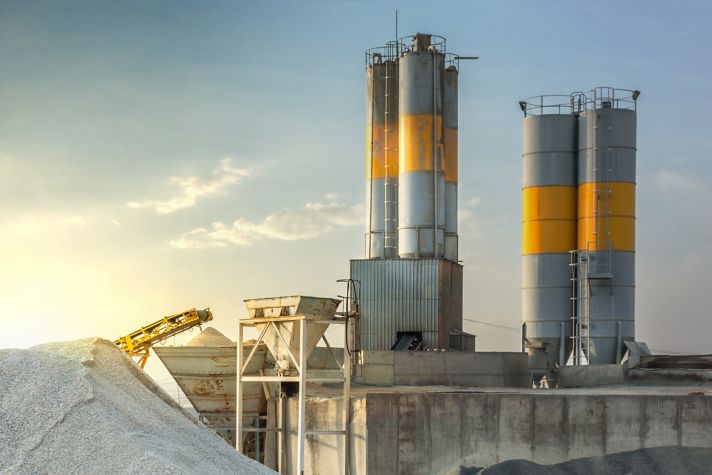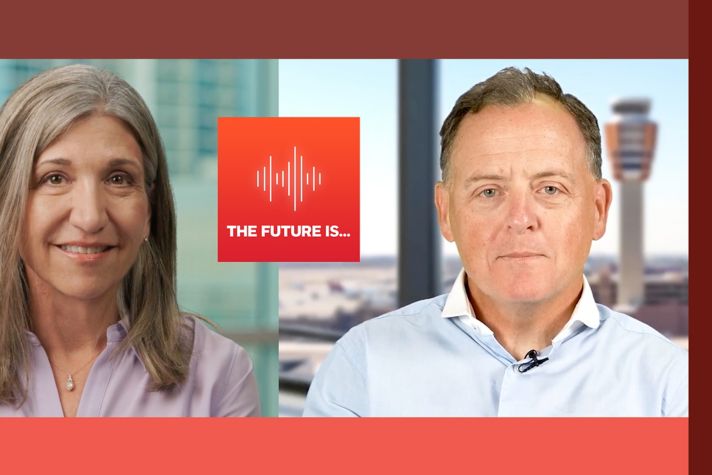-
Global
-
Africa
-
Asia Pacific
-
Europe
-
Latin America
-
Middle East
-
North America
- |
- BUSINESSES
- |
- Contact
- |
-
Global
-
Africa
-
Asia Pacific
-
Europe
-
Latin America
-
Middle East
-
North America
- |
- BUSINESSES
- |
- Contact
- |
You are browsing the product catalog for
You are viewing the overview and resources for
- Podcast
- The Future Is... New Pathways to Sustainable Aviation Fuel (SAF)
The Future Is... New Pathways to Sustainable Aviation Fuel (SAF)
Barry Glickman, Vice President and General Manager of Sustainable Technology Solutions at Honeywell, explains how the growth in Sustainable Aviation Fuel (SAF) technologies is being used to aid decarbonization in the aviation industry.
The aviation sector is just one of many industries looking for ways to become more sustainable amid growing demands from consumers and an evolving regulatory environment.
Consider the following:
In 2022:
- Aviation accounted for 2% of global emissions per the International Energy Agency.
By 2050:
- The U.S., per a goal set by the Biden administration, looks to achieve “net-zero greenhouse gas emissions from the U.S. aviation sector.”
- The demand for air passenger journeys is set to surpass 10 billion.
“[Aviation] is not the largest source of emissions globally, but it is a meaningful source, in the 2-3% range,” Glickman said on the podcast, adding that even that small percentage translates to a billion tons of annual CO2 emissions.
How technology can help
Sustainable Aviation Fuel (SAF) provides one major path forward. When combined with other technologies, the goals for greater sustainability in aviation look much more achievable.
One pathway is found through Honeywell’s UOP EcofiningTM which produces fuel for a variety of industries from renewable feedstocks.
Another option comes from electrofuels, which are produced using technology that converts carbon dioxide and green hydrogen into a new class of SAF (known as eSAF).
There’s not only a need for a variety of feedstocks, but also a unified front of sustainable technologies to address demand.
The impact of key partnerships
The value placed on carbon, and thus the incentive to offset carbon emissions, is critical. So too is the relationship with sustainable technology leaders and the airline industry. That includes everyone down to jet engine manufacturers as engineering advancements at every level are key to getting the most from SAF.
Learn more in this episode of "The Future Is..." podcast.
Copyright © 2026 Honeywell International Inc.





